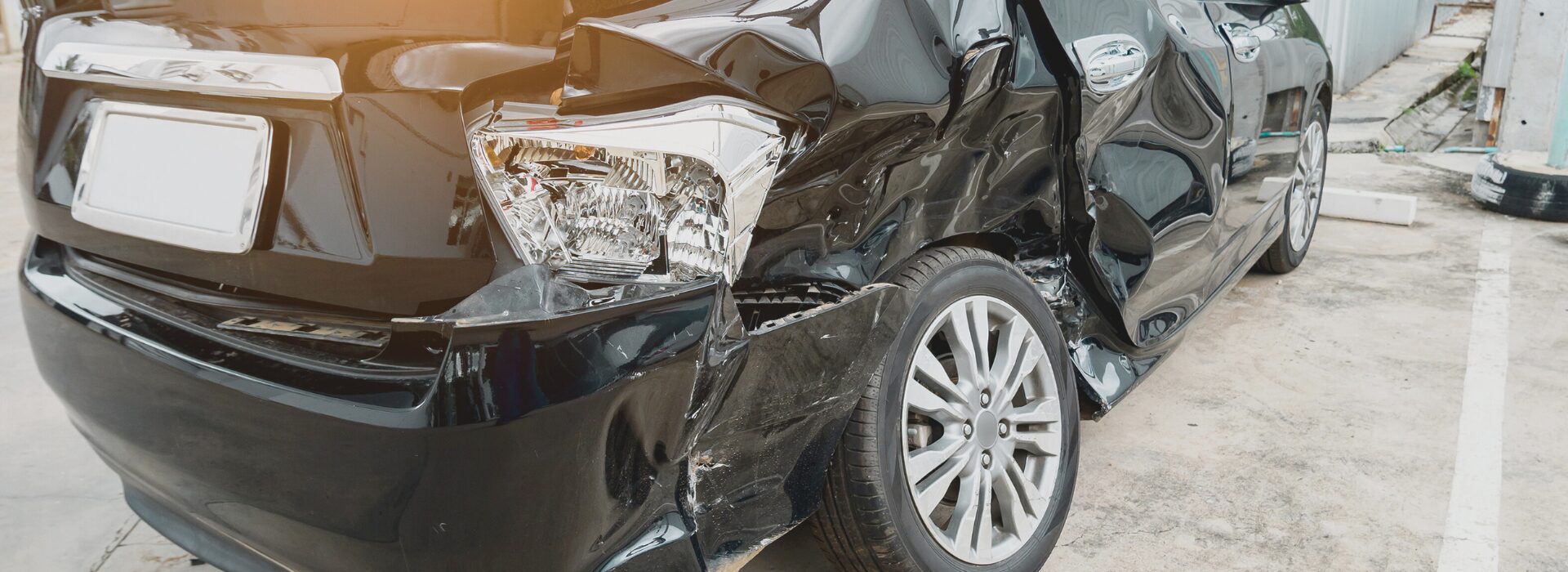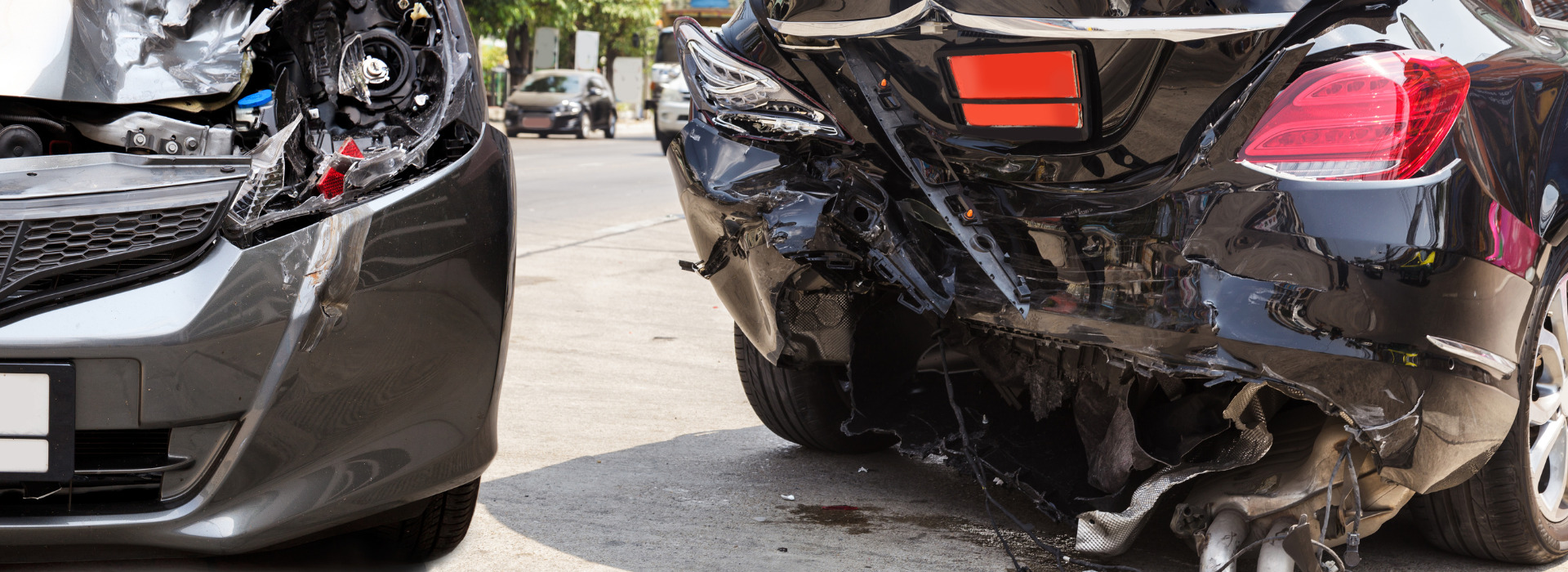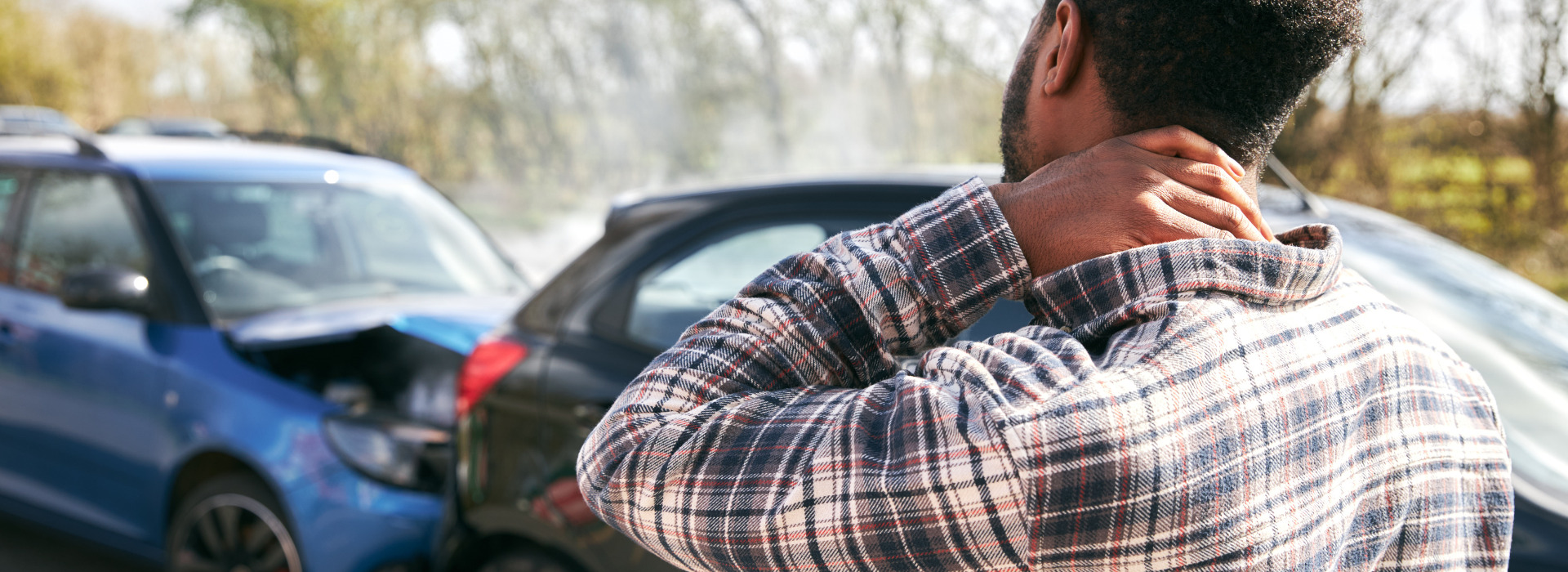Alberta’s winters are harsh, with heavy snow, black ice, well-below-freezing temperatures, limited daylight, and strong winds. Between the challenging weather and the high volume of holiday traffic, it’s not surprising that Albertan drivers report the highest number of collisions that cause injuries and property damage in December each year. To help you stay safe during the holiday season and for the rest of winter, we’re sharing some winter driving safety tips tailored for Alberta.
3 Techniques You Should Use For Driving in Snowy Conditions
Before we get into the specifics, we recommend the following three techniques for driving in snowy conditions:
- Prepare your vehicle for winter driving.
- Adjust your driving to the winter conditions.
- Planning ahead before you take a trip in winter.
To stay safe in Alberta’s treacherous seasonal weather conditions, it’s important to pay attention to all three of these winter driving tips.
That being said, preparing your vehicle for winter driving plays the most crucial role in safe winter driving. More on that below.
Preparing Your Vehicle for Winter Driving
Winter tires, regular maintenance, and a well-equipped emergency kit play are three key elements to safe winter driving.
Invest in winter tires
While not required under Albertan law, winter tires are highly encouraged on your vehicle as they significantly improve traction on icy or snow-covered roads. At a minimum, you should consider using snowflake-rated all-season tires if you drive during winter. Luckily, there are a number of benefits to investing in winter tires, including reduced insurance premiums, reduced risk of an accident, and increased safety and comfort on the road.
Regular Maintenance
You should ensure your vehicle is safe before you tackle the road in winter. We suggest ensuring the vehicle’s battery is still holding a charge and isn’t corroding and that your brakes, lights, and windshield wipers are all in good working order. It’s also a good idea to top up your de-icing fluid and check your oil before winter starts.
Keep an Emergency Kit in your Car
Here’s what the Alberta government suggests you keep in your car in case of an emergency:
- Necessities: Water, non-perishable food with high protein, blankets, extra clothing and shoes, hand sanitizer, masks, and wipes or toilet paper.
- Emergency Tools and Safety Equipment: Candle in a deep can with matches, seatbelt cutter, shovel, scraper, sand/salt/cat litter, warning flares, jumper cables, tow ropes, fire extinguisher, whistle, and duct tape.
- Vehicle Maintenance and Communication: Antifreeze, windshield washer fluid, road maps, radio, phone charger, emergency contact list, and a copy of your emergency plan.
- Comfort and Miscellaneous: Playing cards, books, first-aid kit, medications, and an extra leash.
Planning Ahead Before a Winter Trip
Driving safely involves more planning ahead for winter trips. You’ll need to move more slowly when you drive in snowy or icy conditions, and you might need more frequent rest breaks. It’s also important that you keep an eye on weather conditions. Here’s a checklist of what to do before you leave for your winter trip:
- Check the weather forecast.
- Review the road conditions (AMA road reports are helpful)
- De-ice your windshield, windows, and mirrors and brush all the snow off your vehicle.
- Leave early so you have plenty of time to drive safely in the winter weather conditions.
- Let someone else know the route you’re taking, and consider sharing your location. This can help emergency services reach you if you do not arrive as scheduled.
Finally, many modern phones have crash detection and can automatically alert emergency services in the event the phone detects an accident. Consider turning these safety features on before driving in winter.
Winter Weather Driving Safety Tips
One of our top safe winter driving tips in Alberta is to adjust your driving to the weather conditions.
3 Precautions To Remember when Driving in Winter Conditions
These three precautions are important to remember when driving in winter conditions:
- Reduce your speed. Remember: the posted speed limit is for ‘ideal conditions’, and winter driving conditions are not usually ideal. In fact, winter driving usually comes with reduced traction and poor visibility, so a lower speed gives you more time to react.
- Brake and accelerate gently. Gentle braking helps reduce the total stopping time, even for drivers of newer cars that have ABS. This is especially true for drivers who anticipate stops and brake early, which is a good practice in winter.
- Avoid sudden maneuvers and inputs. Gentle inputs (like gentle braking) can help you maintain traction and control in slippery conditions, while also avoiding overcorrection.
Unfortunately, even if you take plenty of precautions and drive safely, you will likely still face road conditions that are outside of your control, including black ice, snow drifts, and poor light conditions. To refresh your memory, black ice is a layer of ice that forms on road surfaces and is very difficult to see.
Given that these conditions are outside of your control, it’s also important to recognize when you should stay off the roads or pull over to wait for the poor conditions to pass before continuing on.
What to do in an Emergency
Even if you’re prepared for winter conditions and you follow the tips for driving safely in winter, you may still face an emergency situation on the roads, such as being stuck or stranded. If this happens, consider turning on your hazard lights and working out if there are any immediate hazards. In winter, it’s likely that one of the biggest hazards you’ll face if you’re stranded is the cold. So, if it’s safe to do so, you should stay in your vehicle, since it’s likely to be warmer and offers shelter from the wind and snow.
At this point, you should seek help from authorities if necessary or roadside assistance. You may wish to open your emergency kit to get food, water, blankets, and other supplies, as well as the first-aid kit if you’re injured. It’s also important to reduce your phone usage so your battery does not die.
How to Protect Yourself in a Winter Accident
Unfortunately, winter weather conditions reduce traction and visibility, increasing the risks of certain types of accidents. From single-car accidents stemming from black ice to terrifying head-on collisions and even multi-vehicle pile-ups due to increased stopping distances, it’s important to know how to protect yourself in a winter accident.
Steps to take after you’ve been involved in an accident
First and foremost, if possible, make sure you are safe and out of traffic. Once you are safe:
- Seek medical advice – even if your injuries seem minor. Injuries can be worse than they initially seem, and it’s important for your recovery and for any potential injury claims that you have documentation about your injury as early as possible after the accident.
- Call the police and report the accident.
- Get contact and insurance information from the parties involved, including any witnesses.
- Get in contact with a motor vehicle accident lawyer as soon as you can, even before you contact your insurer.
- Review our Getting Started Guide to learn more about these next steps.
How to protect yourself legally after an accident
It is important to contact a motor vehicle accident lawyer to preserve and protect your rights following a winter accident. The team at James H. Brown & Associates offers a comprehensive approach to aid your recovery and get you the compensation you deserve.
From your first consultation, our motor vehicle accident lawyers provide answers to your questions, explain your options, and protect your rights. From there, we connect you with medical professionals who are experienced with accident recovery, while also working to gather evidence through experts and investigations. In time, this approach positions us to negotiate fair compensation for your injuries.
In Closing: Managing Winter Driving Safely
To summarize, preparation and planning go a long way toward keeping you and your loved ones safe when driving in winter. But, there are many factors outside your control (including unpredictable weather conditions) that increase your chances of experiencing a car accident or truck accident in winter.
If the worst has happened, it’s crucial that you prioritize your safety in the immediate aftermath – but also that you take steps to protect your legal rights, such as seeking medical help and consulting with a car accident lawyer.
The team at James H Brown and Associates offers free, no-risk consultations to motor vehicle accident victims who have experienced life-changing injuries. We can help you secure the settlement you deserve for your injuries, medical expenses, lost wages, and other damages.
Book a free consultation today


















